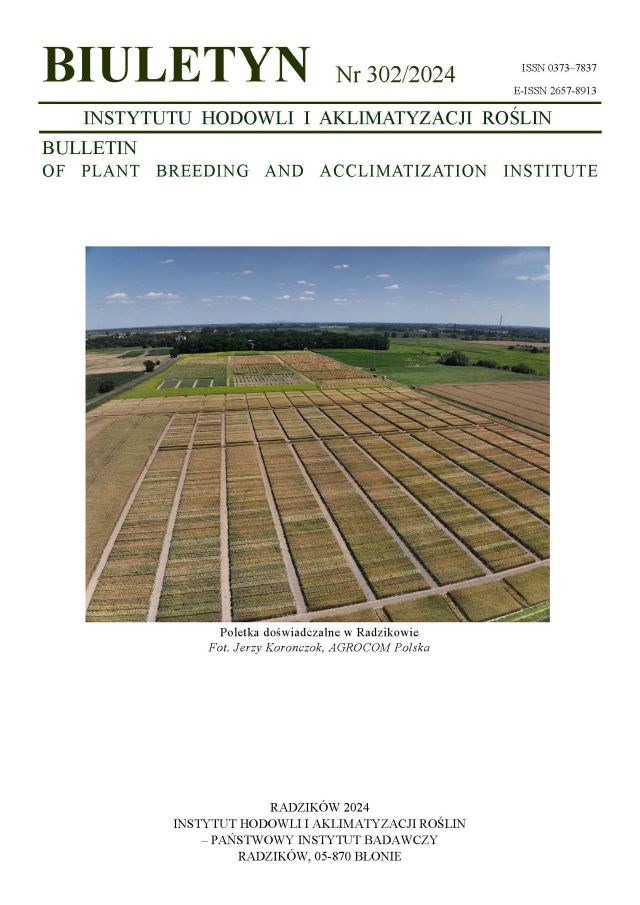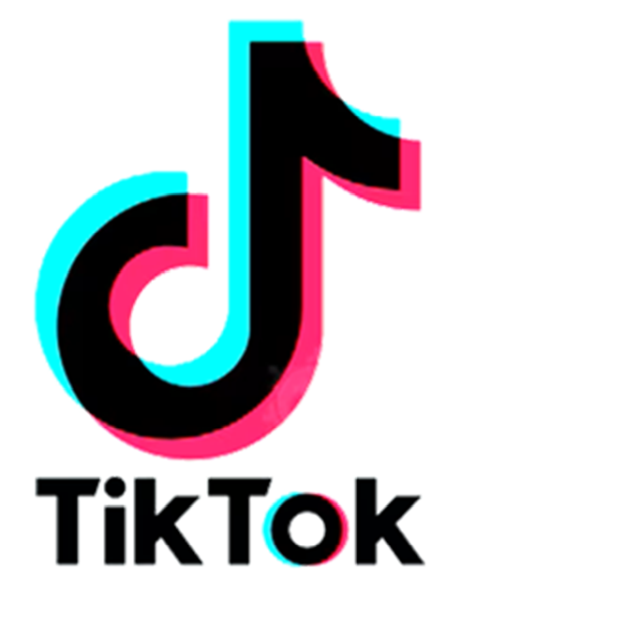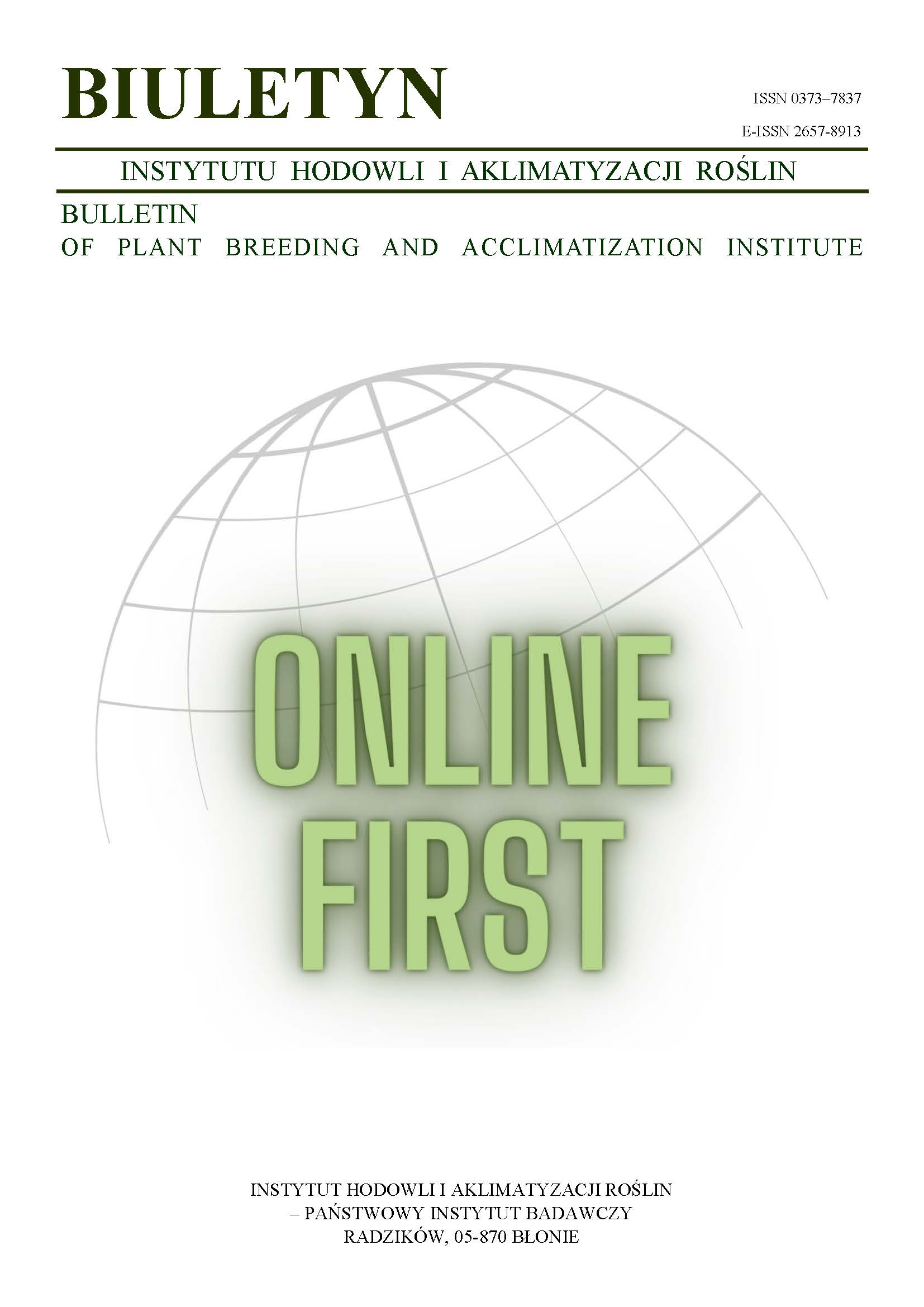Fairy rings and basidiocarps of fungi in lawns — literature review)
Abstract
The paper describes the cycle of disease development, types of symptoms in lawn and presents edaphic and lectophilic fungi as causal agents of fairy rings and their harmfulness. Chemical methods and cultural practices in controlling fairy rings are reviewed. Low efficiency of these methods is emphasized. Management procedures that may limit the fungi development in lawns are recommended to reduce the occurrence of fairy rings.
Keywords:
cultural and chemical control, edaphic and lectophilic fungi, fairy rings, turfgrass disease, types of symptomsReferences
Barron G., Hsiang T. 1999. Fungi on fairways. Golf course management. vol. 67 (12): 58 — 61.
Google Scholar
Baldwin N. A. 1988. Fairy rings. Sport Turf Bulletin 162: 11 — 12.
DOI: https://doi.org/10.1192/pb.12.5.162
Google Scholar
Baldwin N. A. 1990. Turfgrass pest and diseases. The Sport Turf Research Institute Bingley: 1 — 58.
Google Scholar
Beard L. B., Vargas J. M., Rieke P. E. 1973. Influence of the nitrogen fertility level on Tricholoma fairy ring development in Merion Kentucky bluegrass (Poa pratensis L.). Agron. J. 65: 994 — 995.
DOI: https://doi.org/10.2134/agronj1973.00021962006500060044x
Google Scholar
Carlos W. J., Wang S., Skelly J. A., Davis R. 2004. Fairy rings in lawns. University of Nevada Cooperative Extension. [Online: http://www.unce.unv.edu/publications/pdf].
Google Scholar
Fidanza M. A. 1999. Conquering fairy ring disease with new tools. Golf course management. vol. 67 (3): 68 — 71.
Google Scholar
Filer T. H. 1965. Damage to turfgrasses caused by cyanogenic compounds produced by Marasmius oreades, a fairy ring fungus. Plant Dis. 49: 571 — 574.
Google Scholar
Mühle E., Frauenstein K., Schumann K., Wetzel T. 1975. Choroby i szkodniki traw pastewnych. PWR i L, Warszawa: 1 — 412.
Google Scholar
Nadeau L. B., Blenis P. V., Knowles N. R. 1993. Potential of an organ silicone surfactant to improve soil wet ability and ameliorate fairy ring symptoms caused by Marasmius oreades. Can. J. Plant. Sci. 73: 1189 — 1197.
DOI: https://doi.org/10.4141/cjps93-158
Google Scholar
Prończuk M. 2000. Choroby traw- występowanie i szkodliwość w uprawie na nasiona i użytkowaniu trawnikowym. Monografie i Rozprawy Naukowe IHAR nr 4: 1 — 183.
Google Scholar
Smiley R. W., Dernoeden P. H., Clarke B. B. 1992. Compendium of turfgrass diseases. The American Phytopath. Society. Minnesota: 1 — 98.
Google Scholar
Vargas J.M. 1994. Management of turfgrass diseases. Lewis Publ. CRC Press, Inc.: 1 — 294.
Google Scholar
Authors
Maria Prończukm.pronczuk@ihar.edu.pl
Instytut Hodowli i Aklimatyzacji Roślin w Radzikowie Poland
Statistics
Abstract views: 20PDF downloads: 8
License
Copyright (c) 2005 Maria Prończuk

This work is licensed under a Creative Commons Attribution-ShareAlike 4.0 International License.
Upon submitting the article, the Authors grant the Publisher a non-exclusive and free license to use the article for an indefinite period of time throughout the world in the following fields of use:
- Production and reproduction of copies of the article using a specific technique, including printing and digital technology.
- Placing on the market, lending or renting the original or copies of the article.
- Public performance, exhibition, display, reproduction, broadcasting and re-broadcasting, as well as making the article publicly available in such a way that everyone can access it at a place and time of their choice.
- Including the article in a collective work.
- Uploading an article in electronic form to electronic platforms or otherwise introducing an article in electronic form to the Internet or other network.
- Dissemination of the article in electronic form on the Internet or other network, in collective work as well as independently.
- Making the article available in an electronic version in such a way that everyone can access it at a place and time of their choice, in particular via the Internet.
Authors by sending a request for publication:
- They consent to the publication of the article in the journal,
- They agree to give the publication a DOI (Digital Object Identifier),
- They undertake to comply with the publishing house's code of ethics in accordance with the guidelines of the Committee on Publication Ethics (COPE), (http://ihar.edu.pl/biblioteka_i_wydawnictwa.php),
- They consent to the articles being made available in electronic form under the CC BY-SA 4.0 license, in open access,
- They agree to send article metadata to commercial and non-commercial journal indexing databases.
Most read articles by the same author(s)
- Sławomir Prończuk, Maria Prończuk, Evaluation of the response of perennial ryegrass (Lolium perenne L.) cultivars to temporary shading in turf maintenance , Bulletin of Plant Breeding and Acclimatization Institute: No. 248 (2008): Regular issue
- Barbara Wiewióra, Maria Prończuk, Anna Ostrowska, The infestation of seed of grasses by endophytes in successive years of harvesting , Bulletin of Plant Breeding and Acclimatization Institute: No. 242 (2006): Special issue
- Maria Prończuk, Sławomir Prończuk, Search of Kentucky bluegrass (Poa pratensis) cultivars and ecotypes for low maintenance turf , Bulletin of Plant Breeding and Acclimatization Institute: No. 248 (2008): Regular issue
- Barbara Wiewióra, Maria Prończuk, Comparison of aniline blue staining and immunoblotting methods for detecting endophytic fungi in grass seeds , Bulletin of Plant Breeding and Acclimatization Institute: No. 242 (2006): Special issue
- Maria Prończuk, Jan Bojanowski, Roman Warzecha, Zbigniew Laudański, Studies on resistance of maize to fusarium stalk rot. Part I. Evaluation of susceptibility of hybrid cultivars under natural infection , Bulletin of Plant Breeding and Acclimatization Institute: No. 245 (2007): Regular issue
- Zbigniew Laudański, Maciej Prończuk, ], Proposition of turf characters synthesis for assessment of Festuca spp. cultivars value , Bulletin of Plant Breeding and Acclimatization Institute: No. 233 (2004): Regular issue
- Maria Prończuk, Grass endophytes — importance, incidence and methods for detection , Bulletin of Plant Breeding and Acclimatization Institute: No. 235 (2005): Regular issue














